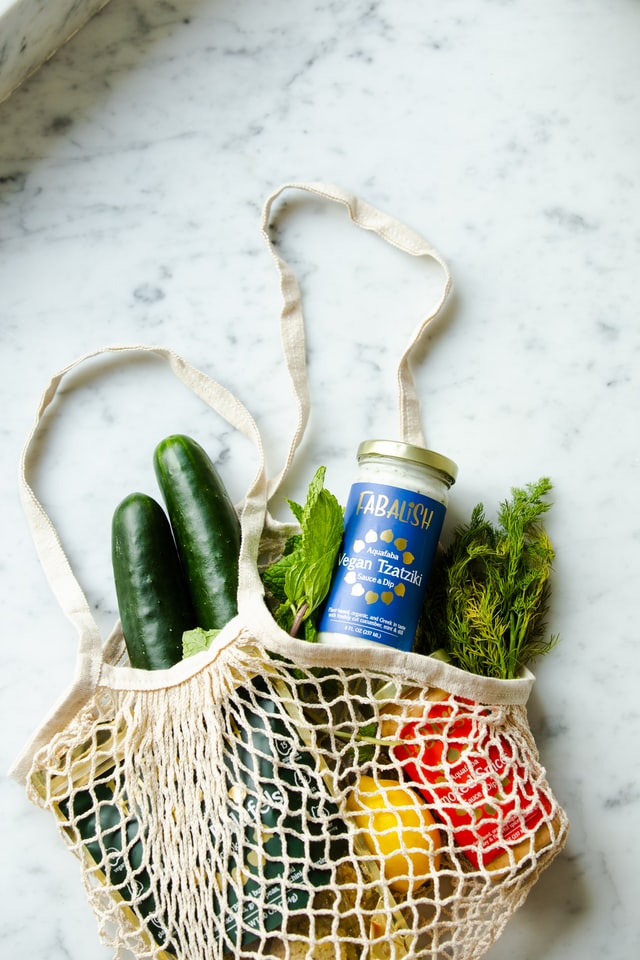
Most food products that we consume today come pre-packed. While tin containers, metal bottles, glass jars, etc., are used for packaging food products, plastics are the most widely used product for such packaging. Although plastic is cheap and popular in the packaging industry, it has two significant issues. On the one hand, plastics contribute extensively to the overall waste pollution and the environmental footprint of a product; on the other hand, much of the plastic produced uses BPA chemical to attain desirable strength characteristics. This chemical has recently come under a lot of criticism for its potential health concerns.
If you shop consciously and pay close attention to what your everyday product contains, there are high chances that you might have heard that it is better to avoid BPA plastic, especially if it is used in your consumable product’s packaging, e.g., milk cartons, beverages in plastic bottles, lotions, and creams in plastic containers, and more. As the number of conscious shoppers has increased, people around the world have raised their concerns regarding the use of plastic packaging that contains BPA. While plastic packaging materials for household products and other items has environmental issues, food and cosmetics packaging directly affect the health and lives of consumers. This makes the safety of consumer products even more important.
Bisphenol A, also referred to as BPA, is an industrial chemical invented in the late 1950s and has since been used to make a wide variety of plastics that you see on your grocery store shelves. The plastic produced with the help of BPA is solid, hard, durable, and transparent. It is durable, long-lasting, and extremely easy and cheap to produce. These features make it a popular material for the packaging industry. Everything needs to be packaged, from food to cosmetics to household goods, and if your item is packaged in plastic, it probably contains BPA.
BPA has been in the stoplight for quite some time, and for negative reasons. Some experts claim that human ingestion of BPA can lead to serious health issues. According to experts, BPA infusion in human bodies can result in serious health effects and diseases, including brain damage, cancer, heart disease, and type 2 diabetes. The primary flow of BPA from plastics into the human diet happens when BPA plastics are exposed to elevated temperatures and pressures. Under these conditions, BPA may seep into the consumable products stored inside the packaging.
However, the research conducted on this subject still lacks sufficient evidence, and therefore nothing is definitive at this point. More research is underway to understand the interaction of BPA with human health. But until something is certain, it is always a good idea to avoid using BPA plastics to be on the safe side. However, avoiding plastic products is also a challenge in itself. Plastics are found everywhere, and although there are BPA-free plastic options available, one can seldom determine if that is the case. One should always try to go for alternative packaging materials. Some great alternatives include glass and aluminum packaging. Both of which are naturally occurring BPA-free materials that are safe to use.
Luckily, countries around the world have partially banned BPA plastic production. This is forcing the industries to choose more sustainable, food-safe, and BPA-free materials for packaging. And there are a plenty of BPA-free materials available in the market today. Below, we have listed two commonly used packaging materials that are safe and 100% BPA-free.
Aluminum
Aluminum is a favorite choice for food and cosmetics industries to use as packaging material. It is mostly used to make tin containers and metal bottles for packaging solid food, drinks, and health care products. Aluminum is light in weight, robust, durable, and eco-friendly. It checks all the boxes for being a sustainable and safe packaging material. Aluminum is a natural material, and surprisingly, it isthe most occurring metal and the third most common material found on Earth’s surface. Aluminum does not require BPA coating or other harmful chemicals for its production. It is also resistant to organic acids found in food and does not react with any type of beverage stored inside, making for a food-safe packaging material. It does not rust or corrode and can keep its integrity for a long time without any maintenance. The opaque and non-porous characters of aluminum allow it to act as a barrier between the product and air moisture, oxygen, bacteria, and UV light. These features further extend the life span of the product and help it keep it fresh. When you swap plastic for aluminum, you no longerhave to worry about BPA exposure.
Glass
Glass has been used for centuries by the food and cosmetic industry. It is famously used for storing beverages in glass bottles and food in glass jars. Cosmetic products can also be stored in glass boxes and cans. Unlike plastic, it is a naturally occurring material that is free from any influence of BPA. Its abundant supply on Earth and its superior recyclability makes for a popular choice. The downside, however, is that it is a heavy and brittle material that needs extreme care in transportation and can add some weight to the product itself. However, it does not require BPA coating as it is non-porous, which prevents leaks by itself. It can withstand high temperatures and pressure. Owing to its elegant look, many high-end brands have started to use it for their products, attracting more customers for its beauty and eco-friendly material.
Conclusion
Choosing aluminum or glass packaged products will help mother nature and at the same time you are ensured BPA-free products. Owing to the controversy around BPA, customers should always try to avoid plastic packaged materials, especially those relating to consumable goods – it’s always better to be on the safe side.
